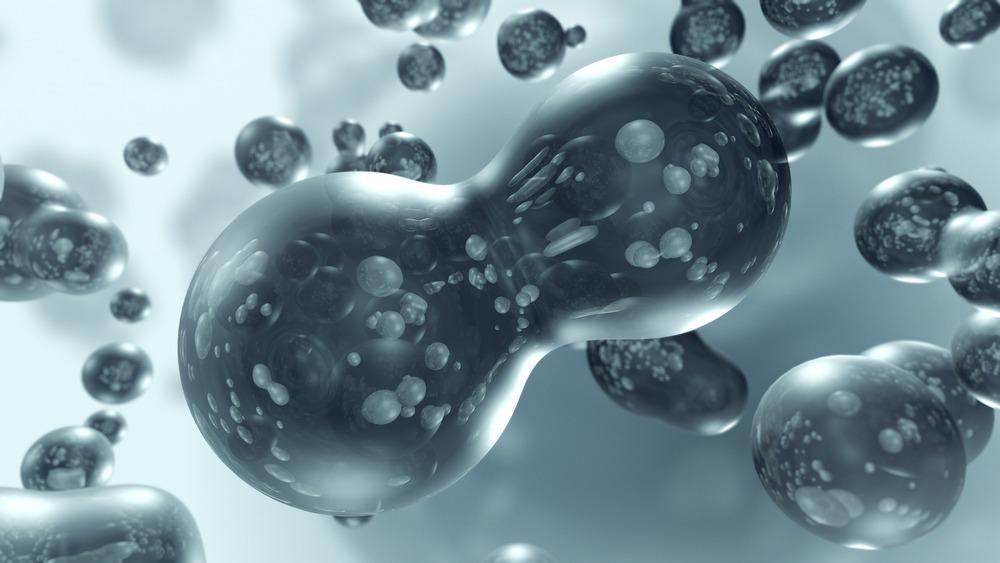The wettability of solid substrates by liquids is an important component of environmental chemistry and material engineering used in industrial and academic research. A recent study published in the journal Industrial & Engineering Chemistry Research focuses on creating sustainable superhydrophobic coating materials using nanofluids based on easily accessible materials like silica (SiO2) nanoparticles.

Study: Tuning the Wetting Properties of SiO2-Based Nanofluids to Create Durable Surfaces with Special Wettability for Self-Cleaning, Anti-Fouling, and Oil–Water Separation. Image Credit: Fred Mantel/Shutterstock.com
Importance of Controlling the Wettability of Porous Surfaces
Surfaces with enhanced wettability have a wide range of uses. Regulating the water absorption of porous surfaces like rocks and granite has become a significant research interest because of the natural absorption of fluids into porous materials.
Wettability can significantly impact a rock-fluid system's pore-scale flow characteristics and the associated macroscopic level multiphase characteristics. These include capillary forces, relative porosity, displacement effectiveness, and multiphase liquid saturation.
As a result, the multiphase fluid properties of a rock formation may be controlled by modifying the hydrophilicity of reservoirs in a specific manner.
Water Blockage: A Major Productivity Challenge
Water incursion during hydraulic cracking into hydrophobic rock formations can cause water blockage. Numerous gas wells in oil or gas reservoirs experience severe productivity losses due to liquids clogging near the drilling region.
This process, termed condensate blockage, occurs when the reservoir pressure falls below the condensation point owing to the reservoir depletion as gas extraction proceeds.
Water blocking and fluid banking difficulties can be mitigated by changing the hydrophilicity of reservoir stones from water-wetting to superhydrophobic, leading to an effective enhancement of gas extraction.
Modifying the hydrophilicity of reservoir stones to accomplish all-important attributes like self-cleaning and anti-fouling capabilities and suitable thermodynamic and physical inertness is still a work in progress. Moreover, easing oil obstruction at the gas cover of oil reservoir regions, which happens due to the reservoir rocks' high oleophobicity, is still a critical problem for industrial engineers.
Inappropriate Dissipation of Oil-Water Mixtures
With the rapid advancement of industrialization, an enormous quantity of oil-water mixtures is now produced globally by petroleum, agricultural, pharmacological, and other sectors. The improper disposal of such garbage causes serious environmental contamination risks.
Traditional techniques such as membrane isolation, electro-coalescence, gas floating, sedimentation, and hydro-cyclone isolation have been widely utilized to separate insoluble oil-water mixtures.
These approaches, however, have significant limitations, such as limited separation effectiveness, high cost, additional pollution, and so on, which severely limit their use and have encouraged scientists to create improved techniques, such as nanofluids, for oil-water separation.
Development of Novel Wetting Surfaces Using SiO2-based Nanofluids
This study examined the wetting qualities of three distinct ultra-repellent nanofluids made from polydimethylsiloxane (PDMS)-modified SiO2 nanoparticles. Silica (SiO2) nanostructures have large contact areas and exhibit natural surface reactivity, allowing for straightforward chemical alterations.
PDMS, a hydrophilic viscoelastic silicone polymer, chemically modifies nanoparticles to give a strong water repellent activity, mechanical endurance, and thermodynamic stability. The researchers created superhydrophobic coatings on diverse substrates using SiO2 nanoparticles and PDMS.
The coating was applied using the simple and inexpensive solution immersion approach in this work. Meanwhile, X-ray diffraction (XRD), field emission scanning electron microscopy (FESEM), and atomic force morphology (AFM) examined the surface chemistry, structure, and abrasion of the coated rock samples.
Key Developments of The Research
The nanofluid coatings exhibited prominent multidimensional features such as superior liquid-repellent activity, low sliding angle, exceptional self-cleaning, and effective anti-fouling. After contacting the substrate, a water droplet launched from one cm over the water repellent covering bounced easily and slid off.
This improved liquid repellence is due to the influence of lower surface energy molecules and the construction of a layered nano-submicron architecture favorable to the production of air pockets on the coating surfaces.
Using the coating material on a mesh surface resulted in the efficient separation of diverse oil-water mixtures. All of the benefits listed above, together with the coated surfaces' strong physiochemical stability and barrier properties, suggest that the produced multifunction coatings have a lot of promise in several practical and commercial applications.
Reference
Esmaeilzadeh, P. et al. (2022). Tuning the Wetting Properties of SiO2-Based Nanofluids to Create Durable Surfaces with Special Wettability for Self-Cleaning, Anti-Fouling, and Oil–Water Separation. Industrial & Engineering Chemistry Research. Available at: https://pubs.acs.org/doi/10.1021/acs.iecr.2c00934
Disclaimer: The views expressed here are those of the author expressed in their private capacity and do not necessarily represent the views of AZoM.com Limited T/A AZoNetwork the owner and operator of this website. This disclaimer forms part of the Terms and conditions of use of this website.